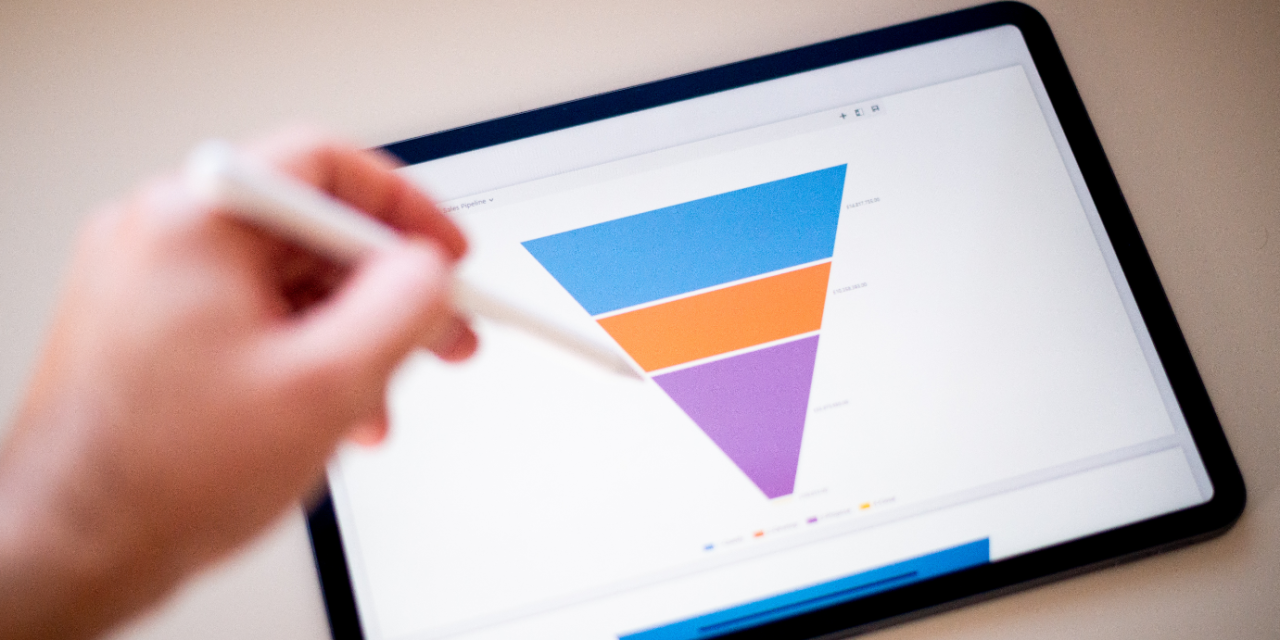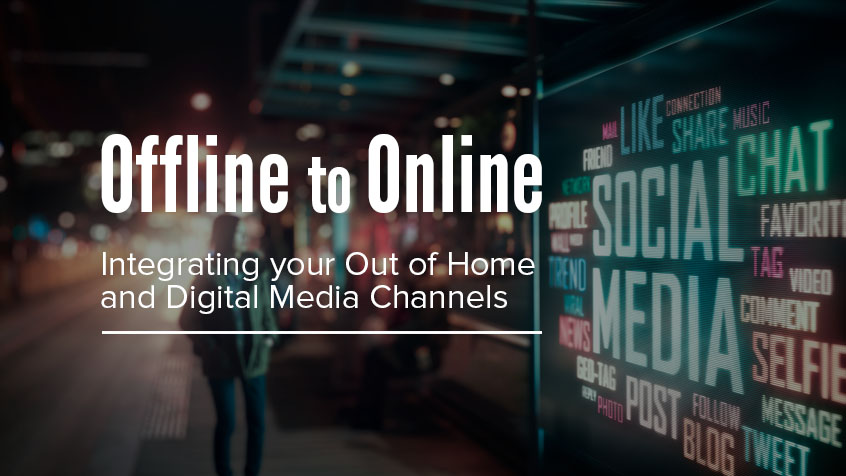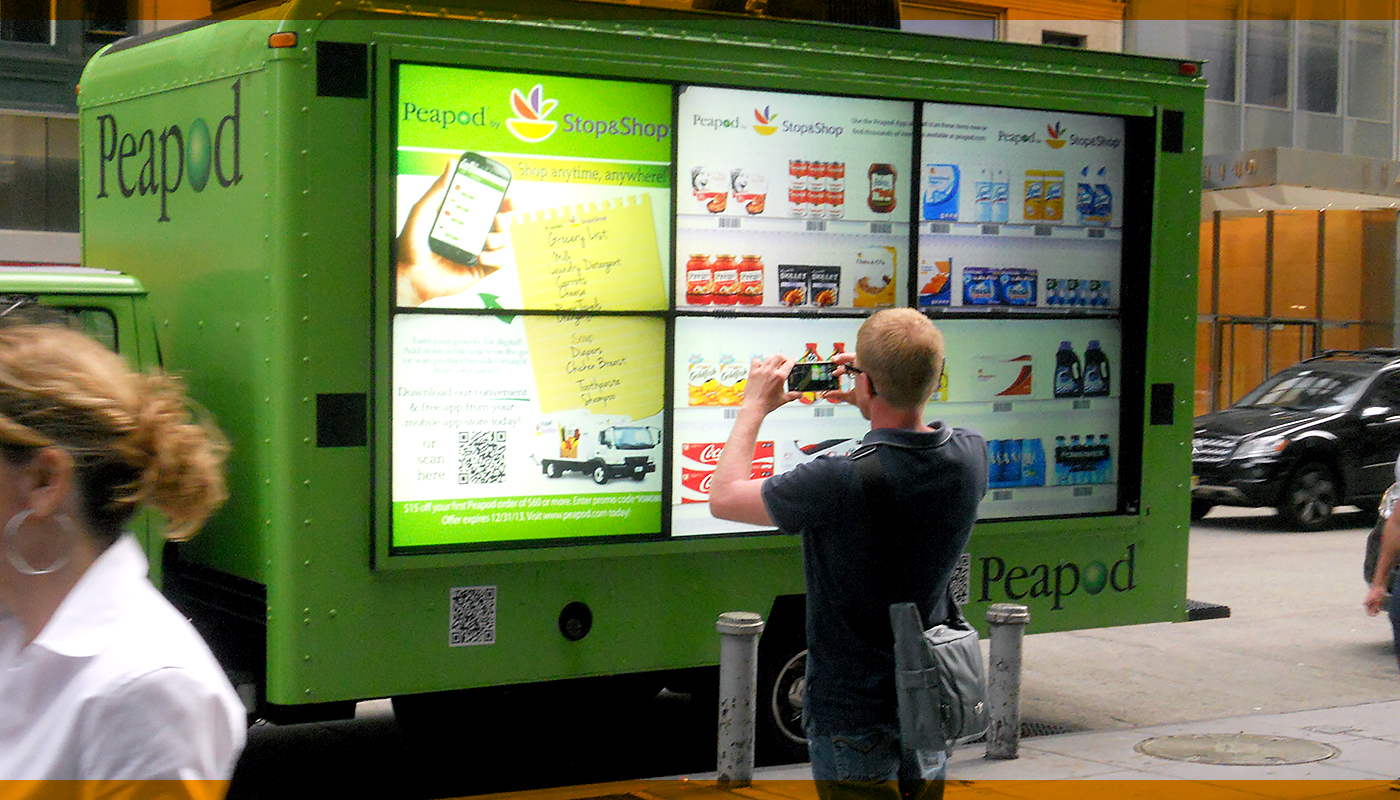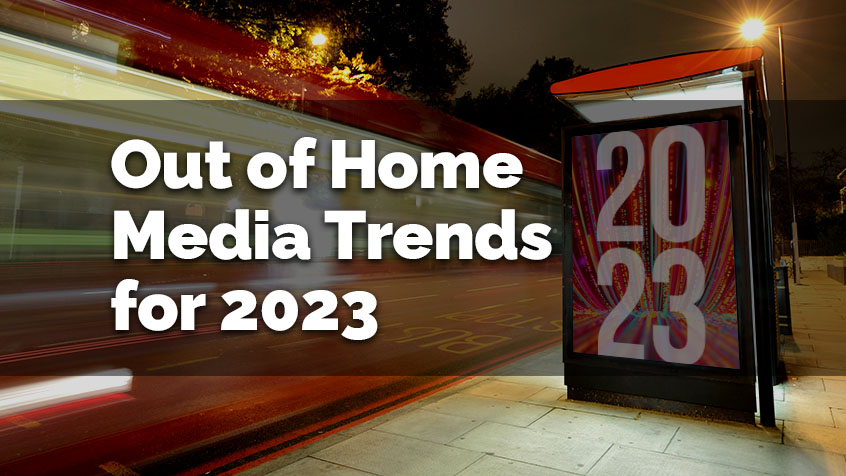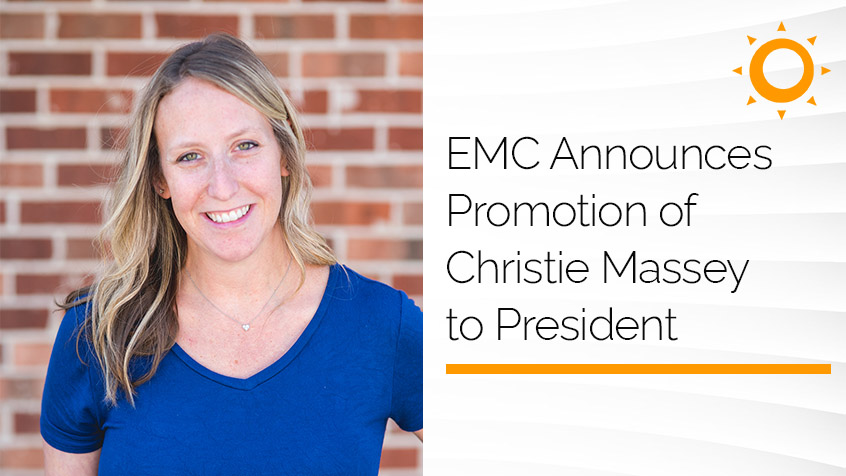Out of home (OOH) advertising has long been recognized as a top-of-funnel marketing strategy due to its wide reach, brand-building capabilities, and real-life visibility. Historically, however, OOH measurement, or measuring the effectiveness of OOH campaigns, posed significant challenges, leading to limited insights and credibility. Fortunately, advancements in technology and measurement tools have transformed OOH advertising, allowing it to be measured more accurately and enabling its use across different stages of the marketing funnel. OOH advertising can be measured through a combination of methods including traffic data analysis, geolocation tracking, eye-tracking technology, social media engagement monitoring, and surveys to gauge impressions, audience attention, consumer interactions, and overall campaign effectiveness. This article explores how OOH measurement tools permit the use of OOH at various funnel stages and the benefits they offer.
Why OOH Has Traditionally Been Seen as a Top-of-Funnel Strategy
OOH has been perceived as a top-of-funnel strategy primarily due to its ability to drive discovery and brand awareness, as the top of the sales funnel is the discovery stage—making customers aware of your product or service. Its wide reach and visibility make it ideal for creating impactful and memorable initial interactions between brands and consumers during the discovery stage of the funnel. It was also generally thought of as a top funnel media because of the common perception that it lacked the more granular and specific targeting of other media channels.
Challenges of Measuring OOH Effectiveness in the Past
For many years, estimated impression data for out of home media was provided by the Traffic Audit Bureau (TAB). TAB was an independent, third-party nonprofit organization initially created in the 1930s, and it was composed of advertisers, agencies, and media operators who were also called publishers or vendors. TAB provided the best possible measurements that were available at the time, but many of the numbers for media—particularly those outside of major metro areas—were based on local traffic counts rather than directly observed behavior. This, not surprisingly, made some marketers skeptical of those numbers, and it was commonplace for media planners to discount those numbers substantially.
With the advent and proliferation of mobile devices, it was clear that a major change was necessary. In 2016, TAB rebranded as Geopath and embarked on an ambitious plan to reinvent how OOH impression delivery estimates were created. By using mobile devices as a way to measure impressions, they have delivered a much more specific, accurate and detailed way to evaluate OOH media. By using mobile data, they have also been able to make a much more detailed and granular way to target very specific audiences.
Improved OOH Measurement Today
Advancements in technology, particularly the integration of digital technologies into OOH ads, have revolutionized the industry. Dynamic content, real-time updates, and programmatic trading have made OOH more measurable and accountable. Geolocation and mobile data, along with audience measurement tools, enable marketers to gain insights into consumer behavior and foot traffic patterns near OOH placements.
For example, organizations like Geopath, which is roughly equivalent to the Nielsen OOH, have developed quite sophisticated tools to measure an audience’s out of home exposure. They led the development of bringing credible media metrics to put out of home measurement on the map by leveling the playing field with other media channels. Geopath transformed audience media measurement by enabling out of home to be reported along an array of metrics commonly used in media planning, such as weekly impressions, reach, and frequency. With this array of metrics and granular analytics at their fingertips, media buyers can plan their campaigns carefully and target very specific audience segments.
KPIs for OOH Measurement
Today, various key performance indicators (KPIs) can be measured for OOH campaigns. These include impressions, reach, frequency, dwell time, engagement metrics, brand awareness, total audience size exposed to the ad within a given period of time, brand lift, sentiment, and return on investment (ROI). Each KPI provides valuable insights into different aspects of OOH effectiveness and helps marketers make informed data-driven decisions. KPIs for the social media or online engagement related to an OOH ad may also prove important for certain campaigns. Here are a few examples of KPIs that help in measuring OOH effectiveness:
- Impressions: The number of times an OOH ad is seen by individuals. Impressions provide an estimate of the potential audience exposure to the ad.
- Reach: The total number of unique individuals exposed to the OOH ad. Reach indicates the breadth of the campaign’s audience.
- Social media engagement: Monitoring social media platforms for mentions, shares, and user-generated content related to the OOH campaign can provide insights into audience engagement.
- Website traffic: Tracking increases in website traffic during or shortly after the OOH campaign can indicate the impact on online user behavior.
- QR code scans: Counting the number of QR code scans or interactions with URLs on OOH ads can provide a direct measure of consumer engagement.
Though this list highlights some major KPIs, your organization may utilize different metrics for measuring campaign effectiveness.
Benefits of Improved OOH Measurement
The improved measurement capabilities of OOH offer numerous benefits to marketers. They can now assess the effectiveness of their campaigns more accurately, integrate OOH into multi-channel campaigns, and understand the impact of OOH on the consumer journey. With enhanced data and analytics, marketers can optimize their OOH strategies to achieve specific marketing objectives.
Using OOH at Different Funnel Stages
The availability of robust measurement tools permits the use of OOH across different stages of the marketing funnel.
At the top of the funnel, brand surveys help gauge brand awareness and sentiment. Just because OOH has added and enhanced its capabilities doesn’t mean that it has lost its ability to be a powerhouse for driving brand awareness.
Using OOH’s new targeting capabilities can help hone in on very specific audiences, and help move them through the marketing funnel. In the consideration stage, media with longer dwell times allow for more detailed messaging and can prompt engagement to “learn more.” In the middle of the funnel, engagement metrics such as QR code scans and social media interactions measure audience interest, and influence creative and media decisions.
At the bottom of the funnel, attribution and ROI metrics are crucial to determining the impact of OOH on driving conversions and sales. For brick and mortar stores, walk-in attribution studies can directly correlate OOH media exposure to customers who walk through your door. For online advertisers multi-touch attribution models can measure how OOH influenced the customer journey, and bespoke solutions can be developed using geotargeting to measure a variety of online actions.
EMC Outdoor is the Best Choice for Understanding OOH in Your Marketing Strategy
With advancements in OOH measurement, OOH has become an essential performance channel, offering valuable insights and accountability. EMC is at the forefront of providing sophisticated OOH measurement solutions. Leveraging OOH’s improved measurement capabilities allows brands to harness its power at all stages of the marketing funnel, enhancing overall campaign effectiveness and success. Visit our website to learn more about how we can help you with your next OOH campaign.

